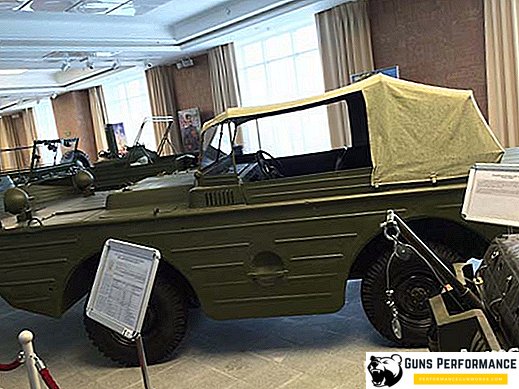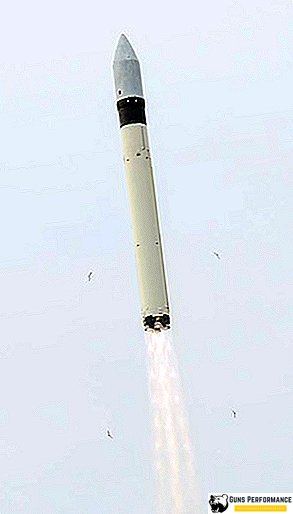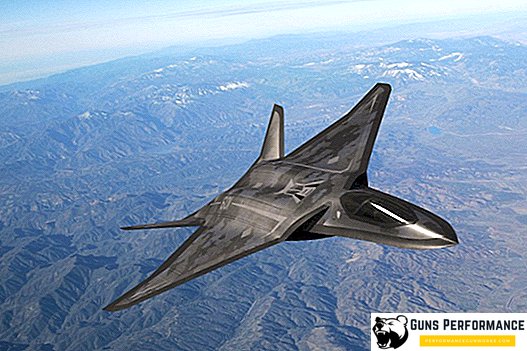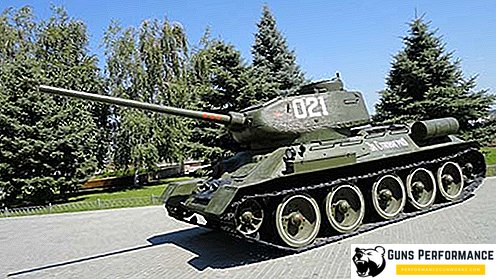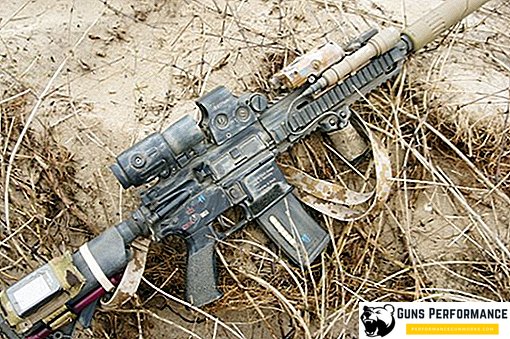
The small watercraft GAZ-011 is one of the first domestic military amphibious vehicles. The main developers of the project were the Moscow Research Automotive Institute and the staff of the Gorky Automobile Plant. In the army, the new machine received the designation - a small water vehicle (abbreviated MAV). The car was intended to conduct reconnaissance actions in the front line, rich in large water obstacles and reservoirs. For engineering purposes, the machine could be used to transport small loads and personnel by water.
Creation and development of a floating car GAZ-011
The Soviet amphibious combat vehicle was created using the technical base of American floating cars of the Ford GPA "Seep" brand, supplied to the Red Army under the Lend-Lease program.
The main components and assemblies for the Soviet amphibian were taken from the domestic GAZ-46 jeep, which supplemented with more modern technical details from the GAZ-69. The first samples were collected at the Gorky Automobile Plant in 1953, after which the car was launched in a small series. During production, only 68 of the GAZ-001 waterfowl vehicles left the assembly line of the plant, after which the production was curtailed.
The design feature has become a durable waterproof hull with a boat shape. Movement on the water surface provided the propeller, driven by a car engine.
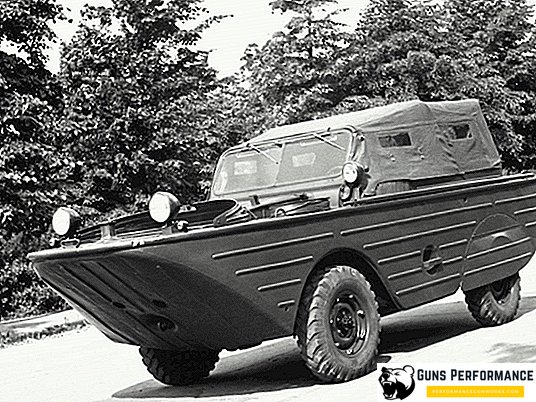
Tactical and technical characteristics of the amphibious vehicle GAZ-011
- No load mass: 1.85 tons
- Number of seats in the cabin: 6.
- Dimensions: length - 5070 mm, width - 1750 mm, height - 1500 mm, clearance - 210 mm.
- Engine: M-20. Type - 4-cylinder, carburetor, power - 60 hp
- Wheel formula - 4x4.
- Fuel consumption per 100 km: 15 liters.
- Load capacity: 500 kg.
- Maximum speed: on the highway - 90 km / h, afloat - 9.5 km / h.
Due to the limited nature of the series, the waterfowl GAZ-011 did not have combat experience. The machines were released to equip the engineer-engineering units of the Soviet Army, where they were operated until 1975.
A photo
